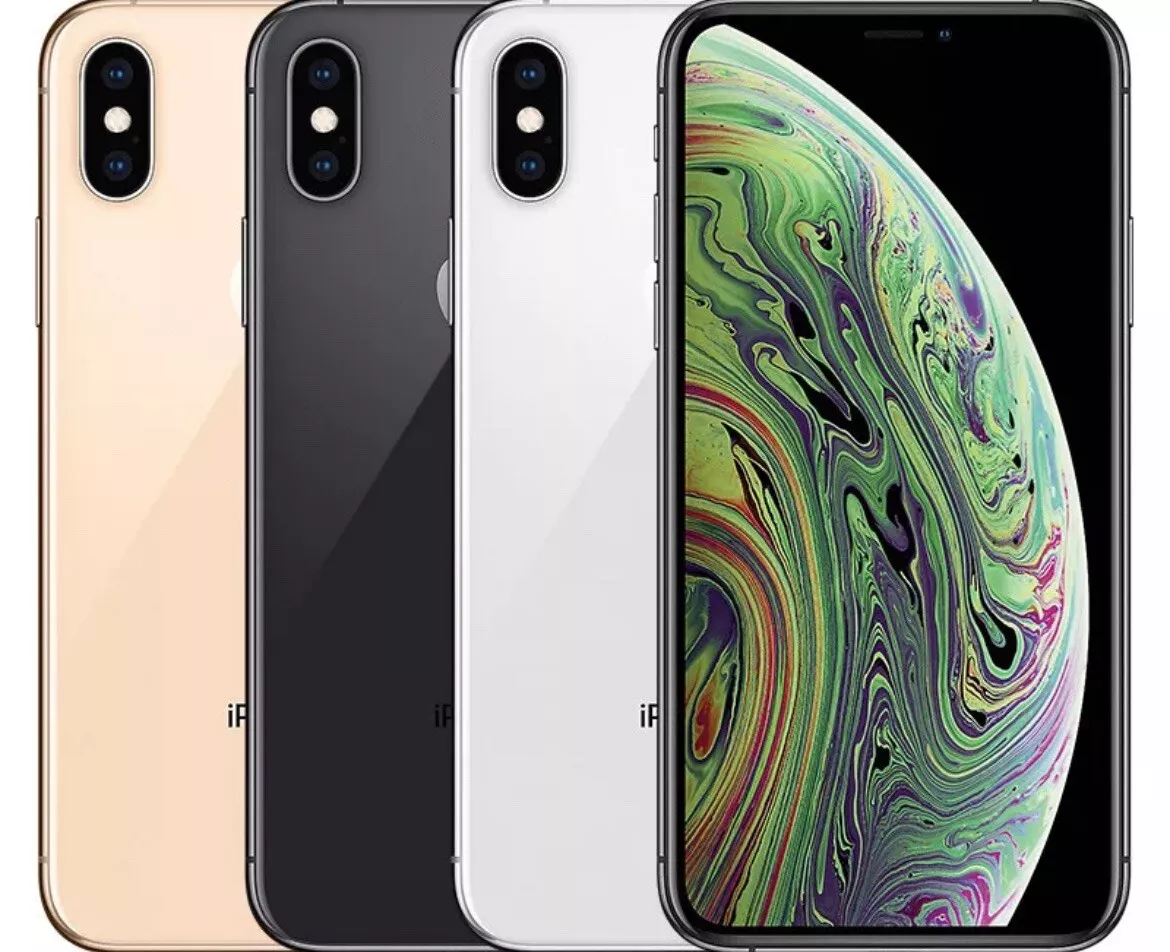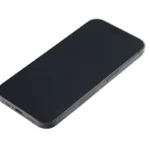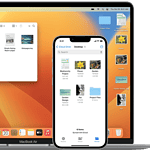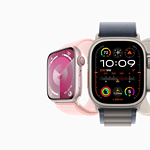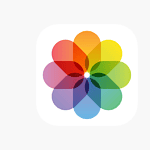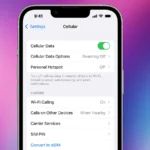On September 12, 2018, Apple introduced the iPhone XS and iPhone XS Max. They went on sale on September 21, 2018. These phones have the latest technology and great designs. They have powerful performance, advanced cameras, and impressive displays. These flagship devices impressed tech fans all over the world.
The iPhone XS has a 5.8-inch display and the XS Max has a bigger 6.5-inch screen. Both feature Super Retina displays and a new dual camera system. Apple also introduced the first 7-nanometer chip, which makes the phones faster and more efficient.
These advancements set the iPhone XS and XS Max apart from previous models. Apple fans were excited to see a balance of enhanced design and powerful hardware in these devices.

iPhone XS and XS Max: A Look Back at Their Release
Unveiling and Launch
Apple first introduced the iPhone XS and XS Max on September 12, 2018, at the Steve Jobs Theater. Pre-orders for these flagship devices began on September 14, 2018, and they officially hit the shelves on September 21, 2018.
Global Rollout
The initial launch covered over 30 countries and territories, including major markets like the US, Canada, UK, Australia, China, and many European nations. The following week, on September 28, 2018, the XS and XS Max expanded to another 25+ countries, including India, Russia, and South Africa.
Discontinuation
After a successful run, Apple discontinued the iPhone XS and XS Max on September 10, 2019, with the announcement of the iPhone 11 series. However, these models continue to be popular in the used market and remain capable devices for many users.
Key Dates and Milestones
| Event | Date |
|---|---|
| Announcement | September 12, 2018 |
| Pre-orders begin | September 14, 2018 |
| Official release (first wave) | September 21, 2018 |
| Official release (second wave) | September 28, 2018 |
| Discontinuation | September 10, 2019 |
Key Takeaways
- The iPhone XS and XS Max were announced on September 12, 2018.
- They feature Super Retina displays and a new dual camera system.
- Both models became available for sale on September 21, 2018.
Design and Display Features
The iPhone XS and XS Max boast significant improvements over previous models. With stunning OLED displays and premium materials, these devices offer a blend of performance and aesthetics.
OLED Display and Screen Size
The iPhone XS features a 5.8-inch display, while the iPhone XS Max comes with a larger 6.5-inch screen. Both use Super Retina OLED technology, which provides deep blacks and vibrant colors. The screen resolution is 2436 x 1125 pixels for the XS and 2688 x 1242 pixels for the XS Max.
These displays support HDR10 and Dolby Vision for an enhanced viewing experience. The pixel density is 458 pixels per inch, offering crisp and clear visuals. The notch at the top of the screen houses advanced Face ID technology, making the overall design sleek and modern.
Body Materials and Color Options
Both the iPhone XS and XS Max have a stainless steel frame which adds to their premium feel. The front and back are made of durable glass, claimed to be the toughest in the industry. These devices are also splash, water, and dust resistant, rated IP68.
Color options include Gold, Silver, and Space Gray. These polished finishes contribute to the elegant look of the devices. The combination of glass and stainless steel not only looks stylish but is also meant to offer durability and resilience in everyday use.
The sleek and premium materials, combined with sophisticated color options, make these iPhones a standout in both appearance and build quality.
Performance and Hardware
The iPhone XS and XS Max feature the powerful A12 Bionic chip, advanced camera capabilities, and strong battery life. These elements enhance their performance and provide a smooth user experience.
Processor and Machine Learning
The A12 Bionic chip in the iPhone XS and XS Max has six cores: two for high performance and four for efficiency. This makes the phones fast while using less power. The Neural Engine in the A12 Bionic facilitates advanced machine learning tasks, such as real-time photo adjustments and augmented reality applications.
Their GPU has four cores, which boosts graphics performance, especially in games and apps with heavy visuals. With these features, users experience quicker app launches and better overall performance. It also supports 3D Touch, adding more ways to interact with the screen.
Camera System and Imaging
The camera system in the iPhone XS and XS Max includes dual 12-megapixel sensors. These cameras support Smart HDR, which captures greater detail in highlights and shadows. Portrait Mode allows for depth control, giving users the ability to adjust the background blur after taking a photo.
For video, the cameras capture 4K footage at various frame rates. Face ID uses the front camera system to securely unlock the phone and authenticate payments. These features make the camera versatile and capable of taking high-quality photos and videos.
Battery Life and Charging
The battery life of the iPhone XS and XS Max is another strong point. The XS Max has a larger battery than the XS, providing longer usage time. Both models support wireless charging through the Qi standard, allowing users to charge their devices without cables.
With fast charging, these phones can reach 50% battery in about 30 minutes with the appropriate adapter. The inclusion of iOS 12 also optimizes battery usage with performance management and other software features, helping users get the most out of each charge.

